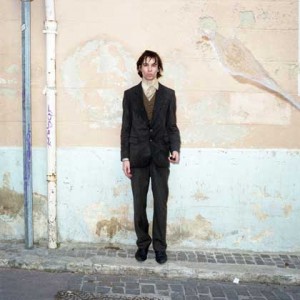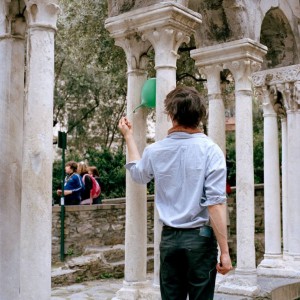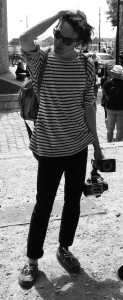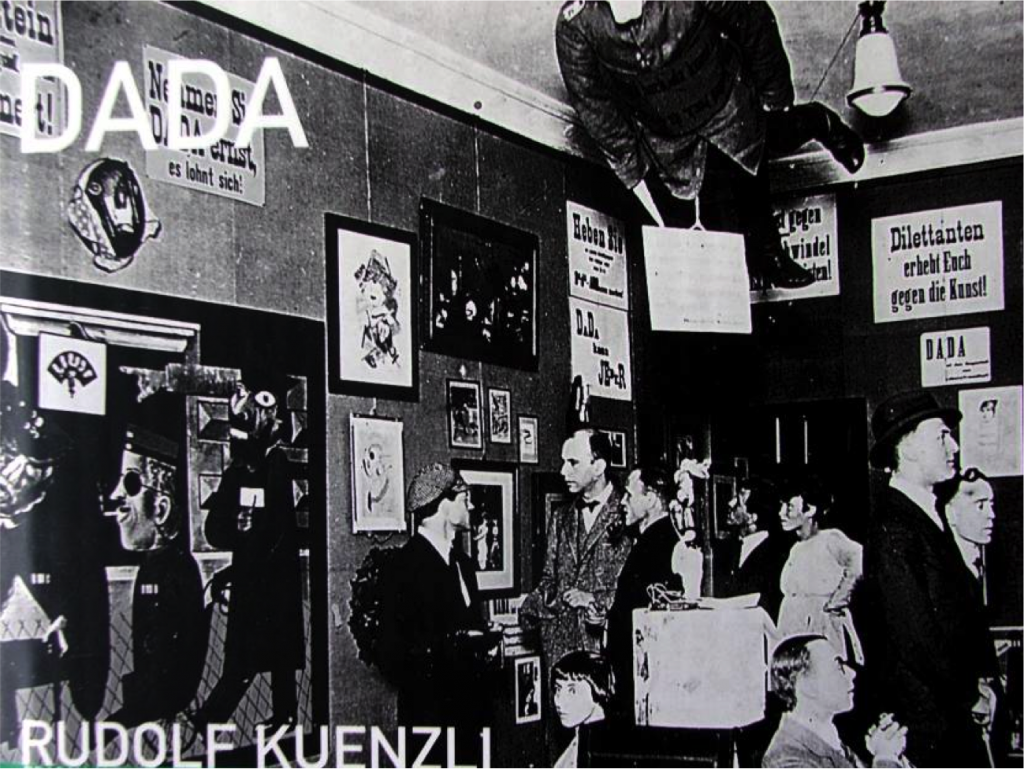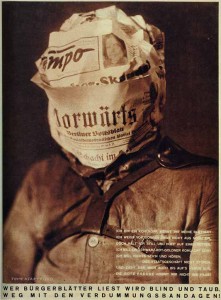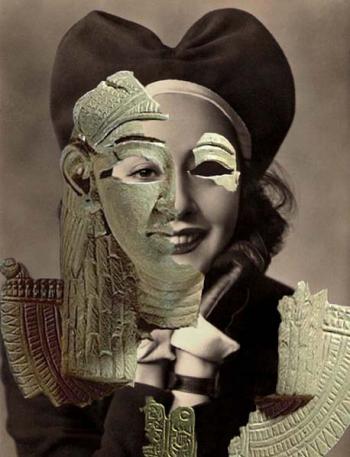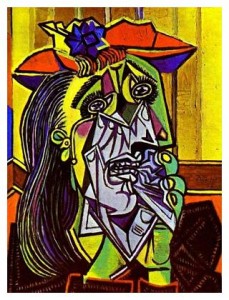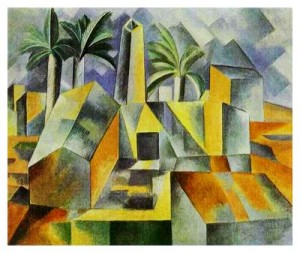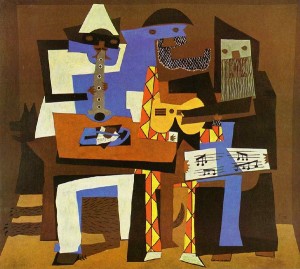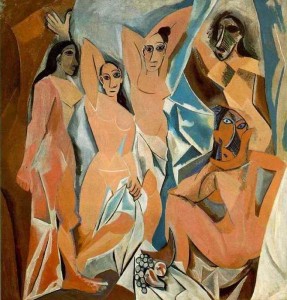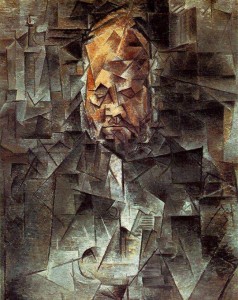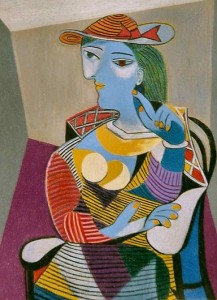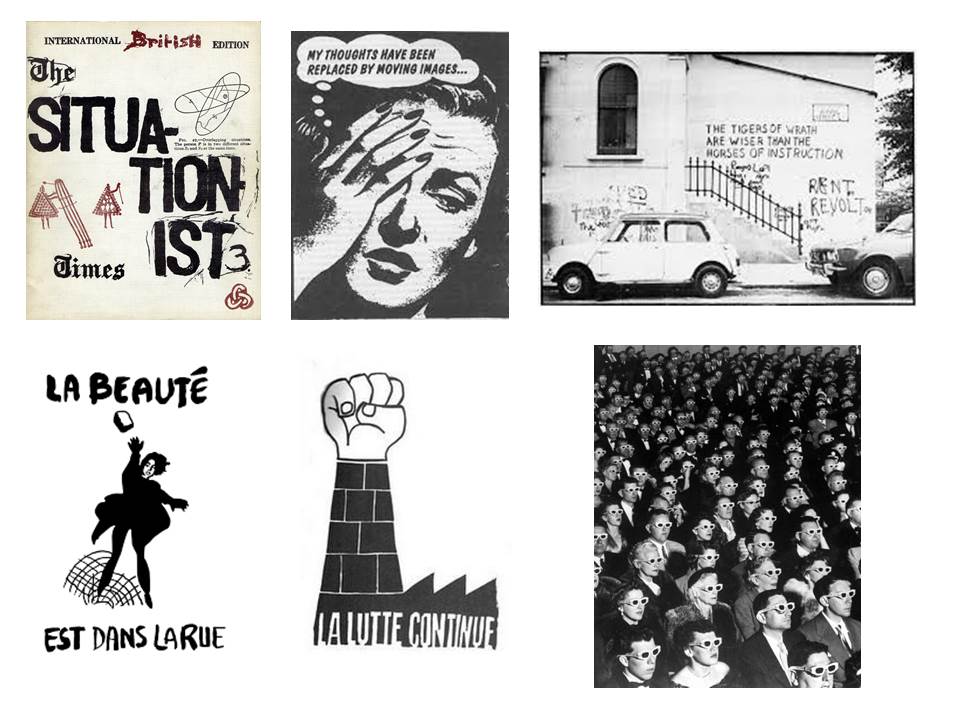Monthly Archives: June 2015
Filters
Title Page
Planning St Malo
After listening to Tom Pope talk about his work at the Jersey Societe we were faced with the challenge of coming up with our own idea’s to create a piece of film in St Malo. I gathered into a small group where we brainstormed ideas of what we would like todo in St Malo. We agree’ed that we didn’t want to over plan as we needed it to have some spontaneity however we did decide on some ideas;
Buying a bunch on roses from a local supermarket and walking through the middle of town and handing out these roses to people as a kind gesture. I am looking forward to seeing the public’s reaction to this gesture, as it is something that we have no control over. I also really like the idea of getting the public to interact with our work as it creates excitement.
Another idea was to bring along the prop of an inflatable ball. With this prop a number of idea’s branched off of it. We would stand in the middle of a public space, for example out side of all of the restaurants and we would play catch with this ball. However we would pretend that the ball is really heavy. This game needs to include improvisation. I think some of the best work comes from improvisation as it creates something unexpected. From this game, action pictures can be captured of the people playing the game, and also picture’s of the public walking around us- and how they react to us playing this game in the middle of the street. Another idea from the ‘ball prop’ was the idea of letting the ball roll down the hill whilst someone runs after it, this is a very simple idea but in St Malo the flooring is all cobbled stones and the walls are man made, therefor the shot will be very rich in detail.
One other idea from our brainstorm was to bring a large blanket and lay it out in the middle of the street. On this blanket a couple of us would sit down and meditate. We would film the whole setting up of the meditation area and the mediation. The camera would stay in the same position throughout the whole performance so it can capture the audience walking past an the audience’s reaction.
In our time in St Malo, whilst doing our original ideas I would also like to do the ideas that we think of spontaneously in St Malo, these ideas could include found objects or a scenery. My main interest in this project, is seeing the public’s reaction to our performances as I think this is a very naturalistic thing.
CHANCE/ CHALLENGE/ CHANGE
After meeting Tom Pope for the first time, he challenged us with the theme ‘Chance, Challenge, Change’ to see how we could interrupt this concept into our photography. He talked to us at the societe jersiaise where he spoke this how his brain works in his photography and gave us an idea on what new type of photography we should try. Taking a chance in photography is risky as you have to cover aspects of what the meaning behind the photo is and how your audience with react to it, positively or negatively. The challenge aspect is ultimately challenging yourself as a photographer and seeing how you cope with the work you are producing by trying something new and perhaps something you’re not comfortable with. I view the change aspect as manipulating your ideas and environment to capture the best outcome that you possibly could.
Tom gave me Clarence L Ouless to research on the archive to see what I thought of his work. His work mainly focuses on individual, family and group photographs from the late 1800’s and the early 1900’s. His photographs are good quality for the time period that these were taken, and would have been a popular photographer. However, these images don’t appeal to me as they aren’t the style that I would usually be interested in. I like the vintage look to them though and I do like black and white pictures, even though there were no options for coloured photographs until much later on I like the set up and imagery. They are staged photographs but I can still the emotional relationships between the people in the photographs which is what I want to express in my photographs. In my opinion, his photographs are successful in meeting the demands for family and individual portraits but not for anything more.
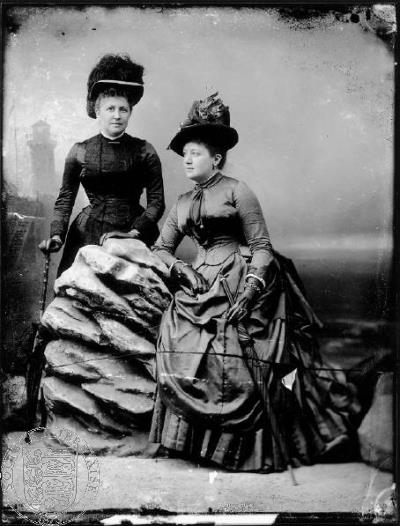


TOM POPE STUDY
Born in Bristol, UK in 1986 Tom Pope’s artistic practice is primarily based within performed photography. Pope’s playful and whimsical approach orchestrates situations and performed gestures of social interaction. Within these settings the public become willing participators and collaborators where the act of taking photographs is a social event. Spontaneity is embraced and chance encouraged.
HERE IS SOME OF TOMS WORK –

Tom Pope studied Photography in the Arts at Swansea Metropolitan University and received his Masters in Photography from the Royal College of Art in 2011 where he was also the recipient of a Deutsche Bank Award. His works are in the National Museum of Wales and National Portrait Gallery. Pope won the Night Contact/Photoworks commission 2014. The resulting filmSilent Fore to Aft made in collaboration with Terry Smith premiered at Brighton Photo Biennial 2014.
TOM POPE
Tom Pope is a performance photographer that lives and works in London and he produces guess work as he never know what hes taking as he uses old fashioned cameras and or uses tripods with a trigger release cable which he won’t know the outcome until after he performs. What I like about Tom pope is that his work is very spontaneous and even though his pictures aren’t perfect, they still tell a story. I do find some of his work a bit bland, as in some of his videos don’t interest me but then again some of his videos are very clever and creative and I like how he thinks outside the box and is more unique compared to other photographers. The reason Tom produces more videos rather than photographs is because he feels like you can’t capture a whole performance in one photograph.

On our French Trip in June, he was very helpful in developing our ideas and helping us try something new, he isn’t scared to try something different and get negative reactions from it, he seems to enjoy bouncing off the negatives and make them into positives in his films and photographs. I was defiantly inspired by his work and was happy to have him help me in my development as a photographer. His work reflects his personality which is quite difficult to portray, but that is my new aim, to make my work unique and I want my work to reflect my personality and aspirations. I want my photographs to have public in them because usually I would just do one or two people and i would direct them a lot more, but for my videos I want them to be more spontaneous.
Dadaism: Complete Nonsense
The actual word ‘dadaism’ is a nonsense word which was made up with no real meaning. The creators wanted to use a word that meant nothing as a sign of protest against the First World War. This new idea was adapted in 1916. This movement can be seen as shocking, surprising and scandalous to most people, although it isn’t as crazy as people make it out to be. Dadaism was created by Hugo Ball in Cabaret Voltaire in Zurich. This is the total rejection of rules and came from utter disgust after the brutality of WWI. Here Ball wanted an audience reaction to try and test their tolerance and to test them and their take on this new art form.
This can be associated with photo montage, this is the layering of different types of images cutting them out and putting them back together in a different way to create an entirely new image. Here many propaganda posters were created as a new movement and to influence citizens. This really interests me as I am able to explore how different countries and different leaders perceived themselves and what message they wanted to bring across to the world.
I like the idea of dadaism and photo montage. I think I am going to experiment with copies of old family photographs and create my own photo montage as well as maybe creating a few more realistic propaganda posters for past and present leaders. This will be interesting for me and I think that I will be able to explore a load of different aspects of this movement. For me I will be taking a chance to see how controversial a lot of what I am going to create will be, as well as it changing and challenging the way society thinks and perceives a certain influential person or period in time.
There weren’t many women involved with the dadaism movement but there was one popular woman called Hannah Hoch. Hoch was a German Dada artist, born in 1889. The reason not many women were a part of this movement because around the time this came about women were seen as secondary to men, that they should stay at home and nurture the children and were unworthy of work. Hoch was actually one of the originators of photomontage. She was the loan woman amount the Dada group as women were seen as lesser than men back then.
Cubism: The Beginning of Modern Art
Cubism became one of the most influential visual art styles of the early Twentieth Century. This starts in 1907 when Pablo Picasso painted a portrait of five prostitutes. However it wasn’t who he had painted as this was common for artists to hire prostitutes to paint as it was seen as disrespectful to paint a nude image of your wife or of someone else’s wife. It was the way in which he had painted them which really got people talking, starting the era of cubism and the gateway to modern art.
 I fiind this painting very interesting because the way it has been done is as if these women aren’t human but also in a way to protect their identity so that no one can see who these women actually are. I do think Picasso did this just as an experiment, to test the way the spectator thinks, which came to be very successful as now any one of his paintings will be sold for millions of dollars as each is unique and there is only one copy of it. I find this painting visually interesting because it doesn’t show too much attention to detail. It gives the basic shape and outline of each woman’s figure unlike biblical painting that people are used to seeing on top of church ceilings [from 1500s]. I like that this painting doesn’t objective these women as many other painters have done so many times in the past. To me this painting is embracing the human form and physique yet somehow it managed to deface the women in the painting too. I’m unsure whether or not distorting these women’s faces was an experimentation of different shapes or rather a means to say that these women’s faces don’t matter and only their bodies do. I have mixed feelings about this painting as you can see it from many different perspectives and can take from it both positively and negatively.
I fiind this painting very interesting because the way it has been done is as if these women aren’t human but also in a way to protect their identity so that no one can see who these women actually are. I do think Picasso did this just as an experiment, to test the way the spectator thinks, which came to be very successful as now any one of his paintings will be sold for millions of dollars as each is unique and there is only one copy of it. I find this painting visually interesting because it doesn’t show too much attention to detail. It gives the basic shape and outline of each woman’s figure unlike biblical painting that people are used to seeing on top of church ceilings [from 1500s]. I like that this painting doesn’t objective these women as many other painters have done so many times in the past. To me this painting is embracing the human form and physique yet somehow it managed to deface the women in the painting too. I’m unsure whether or not distorting these women’s faces was an experimentation of different shapes or rather a means to say that these women’s faces don’t matter and only their bodies do. I have mixed feelings about this painting as you can see it from many different perspectives and can take from it both positively and negatively.
Pablo Picasso was inspired by Etienne-Jules Marey [1830 – 1904] and Eadweard May Bridge. These two also created a new style of art called montage. This came from Russia as well as the theory of an active audience when watching films. Here the Russians believed that an audience watching a film want to get involved and think actively and take from a film what they want whereas the old American belief was that all audiences’ were passive and were just fed something and they took it all in and did what the advertisement or film told them to do.
Situationists
Situationism is the theory that behavior is mainly a response to immediate situations.
The situationist international was a group of social revolutionaries, which was made up of artists, political theorists and intellectuals which started in 1957 and ended in 1972. Guy Debord was one of the members who stuck out the most. At first the situationists were concerned about how art had been held back and wanted to make art and culture one in everyday life. Then they became concerned about the capitalist society. They believed that capitalism gave humans dissatisfaction so human desire needed to be fulfilled by finding an alternative to a capitalist society. They are well known for their wildcat strikes and riots in Paris 1957 where there were general strikes all across France which almost put Frances capitalist economy on a stop although the strike did turn violent it was mostly artistic it included things such as songs, graffiti’s and posters.
Tom Pope was inspired by the situationists, I think there is a link between the work he does and the situationists because Tom Pope looks for a reaction and he challenges the norms by pushing boundaries.
SPACE HIJACKERS
The Space Hijackers is a group originating in the United Kingdom that defines itself as “an international band of anarchitects who battle to save our streets, towns and cities from the evils of urban planners, architects, multinationals and other hoodlums”. Time Out magazine has described the group as “an inventive and subversive group of London ‘Anarchitects’ who specialise in reclaiming public spaces – usually without permission.
The group’s activities have included “guerrilla benching” restoring benches that had been recently removed and bolting them to the ground — organising a midnight game of cricket in the centre of the City of London financial district, and satirising the glossy architects’ drawings that are displayed on the perimeter of luxury apartments by depicting children’s playgrounds and other projects they believe to be actually desirable. Many of these activities aim to bring to people’s attention the role which corporations play in society in a different light.
here are some of their projects from 2011-2012



